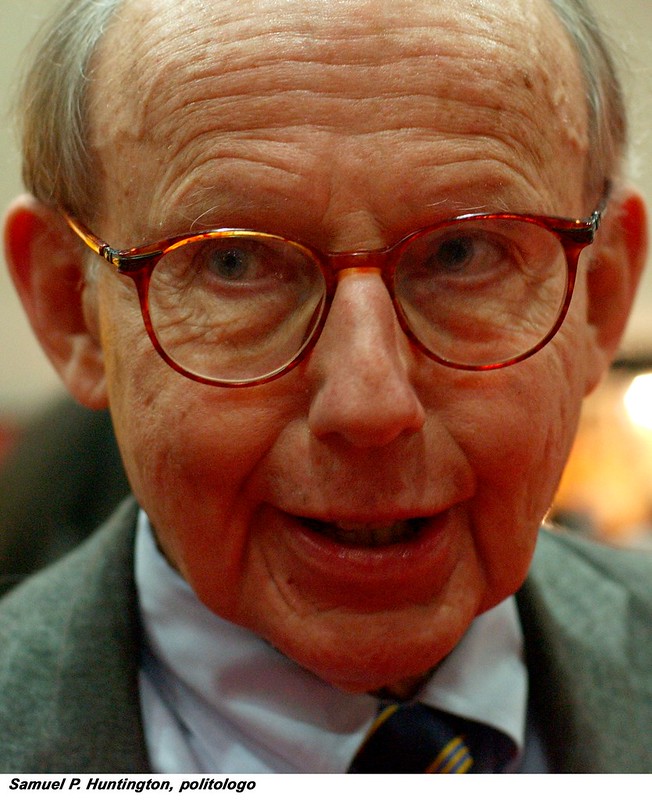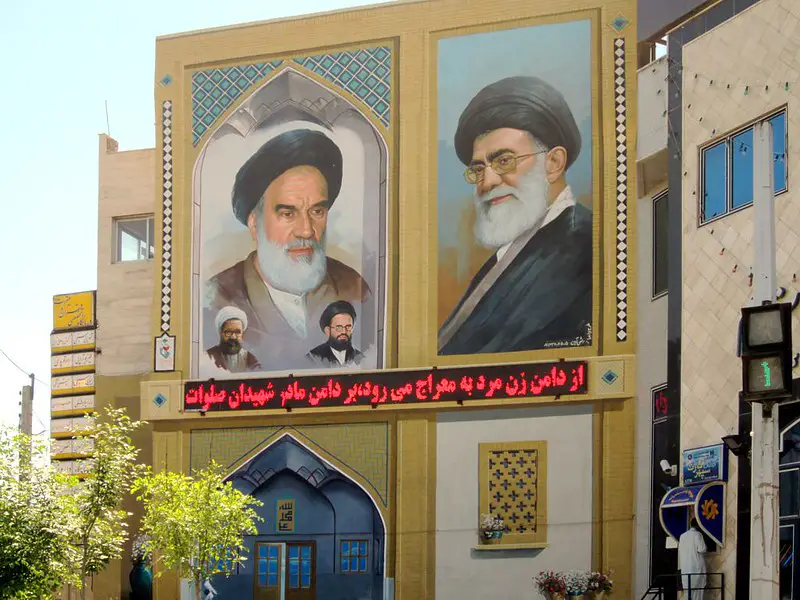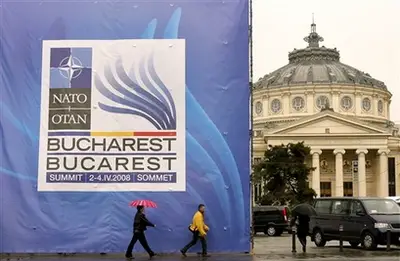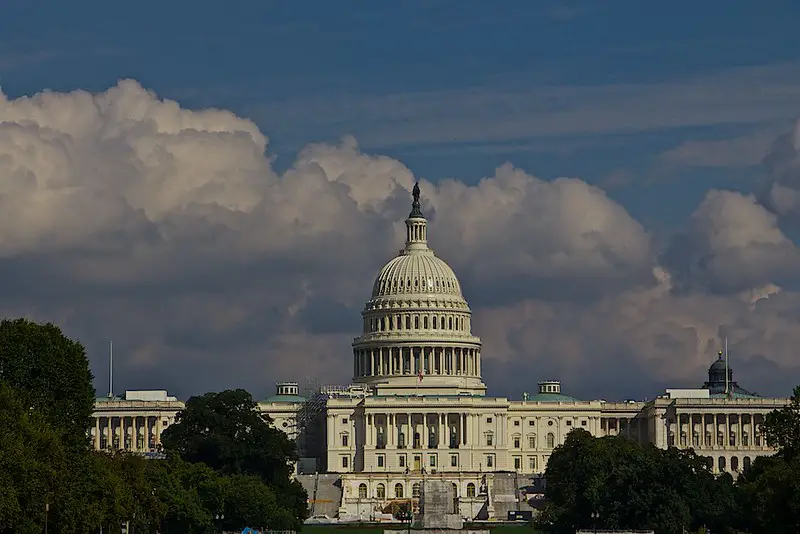The Clash of Civilizations and the Remaking of World Order Review
Have you always read and been surprised by the omniscience of a volume published years before? Well, of all the books which foretold the future, perhaps 1 of the almost popular is the controversial The Clash of Civilizations and the Remaking of World Order. It influenced political outlook from the right of the Grand Old Party to the neoliberal left beyond the full spectrum. It's fascinating to see how embryonic innovations that passed downwardly to George West. Bush and Donald Trump are represented here.
What's more than impressive is that the novel was published earlier 9/xi and it feels every bit if it was released terminal month.
Put it merely, fifty-fifty though we haven't read information technology, it's ane of the books that shaped our western worldview. It correctly forecasts the function of identity politics in our present surroundings with a unproblematic-sighted study. Yet it is still reductive, ignoring other civilizations and treating earth affairs every bit a goose egg-sum game in which only the rich and imperialists tin can win.

Chapter 1 – In the last 500 years, the West has been ruling all other world cultures.
For centuries, civilizations have developed. When people with similar traditions and lifestyles started living collectively, societies grew, and specific traditions, languages, and ideologies arose.
The writer estimated that at that place were eight cultures in total at the cease of the twentieth century: Western, Orthodox, Islamic, Buddhist, Hindu, African, Latin American, Chinese, and Japanese.
All the same information technology was not quite like this. Before 1500, in item, the Chinese and Islamic empires were militarily, politically, and culturally more adult than Christian Western Europe.
But this equilibrium was modified by the European Renaissance. By 1500, because of technological advocacy, increasing economic development, and increased social pluralism, the West had started to rising to a place of global supremacy.

For all of this, there are two concrete explanations.
2d, a multipolar global structure was established by the W. In other terms, nations that were similar to i another, such every bit Great britain, France, and Germany, joined forces strategically and economically, while they besides struggled against each other. This collaboration helped these nations to grow closer and stronger, which, in turn, allowed the rapid broadcasting of Renaissance ideas. This ended in a technical revolution that speedily became commonplace with nearly incommunicable achievements, such equally transatlantic ocean transport.
Likewise, the cultures of the Andes and Mesoamericans acted very differently. Before the Europeans came, they had well-nigh no interaction with one another. They lived vast distances apart and just didn't have the technology to make those travels.
Second, the West started invading and colonizing later 1500. To extend their economic powers, they had all the firepower and sophisticated navigation capabilities they wanted. The touch on of Western ideas, politics, and religion can exist experienced all over the earth presently. Fifty-fifty to this day, the West still rules.
Chapter 2 – Well-nigh command over the traditions of other nations is exercised by the dominant Westward.
The planet feels like a little space when you recollect about it. And that's how Western goods, innovations, and social club accept invaded the iv corners of the world, due to economic imperialism motivated by Western business interests.
It's not without irony hither. One might instantly envision a situation where a group of immature people in the Middle East is planning a terror attack on the Us, drinking Coca-Cola, and wearing American-designed clothes.
Such a theory does non seem highly improbable because, every bit more Western goods and innovations have flooded into other countries, the hearts of those countries accept fostered more than anti-Western feeling.
For example, non-Western politicians also employ the denunciation of alleged Western cultural hegemony every bit a rallying phone call, reminding their supporters that they want to accept their own local civilisation to be protected. This anger, like the fearfulness that 1'due south civilisation is nether attack, is certainly reasonable. American mass culture, after all, is disproportionately influential. The statistics prove this: 88 of the world's 100 most-attended movies were made in America in 1993.
The writer suggests, withal, that Western economic and cultural domination does not suggest that the earth is getting more than "Western."

Post-Cold State of war world theorists including scholar Francis Fukuyama argued that the other countries would structure themselves after information technology then that they can exchange efficiently because the Usa is the but powerhouse of the globe. In Fukuyama'south opinion, the outcome would be a globe replete with modern Western-style democracies.
Just the fallout will accept place. This progress towards a global world culture could be seen by the West as a positive thing. Nevertheless such systematic globalism, for many non-Westerners, reflects the deterioration of their societies.
And so, even though the not-Western world begins to modernize, Western civilization is more immune to the world as a whole.
To recognize why the stardom between the two colliding developments is crucial: modernization and Westernization. Then let'southward glance at those.
Chapter 3 – Steadily increasing modernization has led to ability flowing out from the W.
If you want to comprehend why the bulldoze for modernization has not led to increased Westernization in non-Western countries, it is of import to recognize these words precisely. Sometimes, they are puzzled.
Modernization is the mechanism by which adult countries enter the industrialization, urbanization, and schooling standards of the Due west. It's about growth in economic and social terms.
Westernization, on the other side, is the mechanism by which a common world society is transmitted and generated by Western cultural ideals of freedom, populism, and secularism.
Then, in technological innovation, military might, and economic power, the modernized Westward could dominate the nation. Yet it should not follow that, as a upshot, well-nigh cultures would become culturally Westernized.
Paradoxically, because the Westward has driven modernization so strongly, other cultures accept progressed without Western ethics having to exist embraced. Good examples include Mainland china, Republic of korea, and Nippon. They have effectively modernized to Western ideals and this has made it possible for them, though rejecting those of the Westward, to encourage their local cultural traditions.
As well, effective non-Western modernization will lead to a transfer of power away from the West. An example of this is what the writer calls the "Islamic Resurgence".

Muslim-bulk nations started to modernize beginning in the 1970s. Around the aforementioned period, in these states, Western-backed authoritarian governments started to crumble, giving ability to a renaissance of religious thought, which is diametrically reverse, of course, to the ideals of the secular West. And due to modernization-induced urban evolution and burgeoning recognition of the customs, all this occurred. A common collection of cultural rules and ethics that aid a customs identify itself may be defined as this group consciousness.
The 1979 Iranian Revolution is the instance par excellence. Shia Islamists ousted the Iranian Shah's CIA-backed dictatorship. A new emperor, a Shia Muslim cleric called Ayatollah Khomeini, resulted in the emergence and soon became the most vocal opponents of the Westward in the Muslim world.
Urbanization has played its role. 17 percent of Iran was metropolitan in 1953. By 1979, in towns, 47 percent of Iranians resided. Amid the will of its own modernized and urbanized citizens, the American military clearly could no more assist boost the Shah.
Affiliate 4 – In the post-Cold State of war menstruum, new subgroups are being formed inside cultures.
Realizing where you were standing was easy during the Cold War. Either you lot were pro-West, or yous were pro-Soviet. Even so, nationality and identity have been much more nuanced following the breakup of the Soviet Union.
People are currently looking for new connections to put their identity on, whether it be race, nationality, spiritual values, or religion.
The society has readjusted itself, and with new faces, new communities and individuals have arisen. Civilizations themselves are, thus, grouped in numerous forms.
These communities are based around central nations, such as Europe'south Frg and France, or North America's the U.s., even though they are theoretically as well components of Western society. These states serve equally hubs for other neighboring states, which are less potent. Both through strategic alliances such as the United states of america-led NATO or political-economic collaboration such as the German and French-led European Wedlock, they sustain stability and social harmony.
The dilemma, though, is that there are no key states for certain cultures to develop around. And it can be toxic. To consider the obvious instance, the Islamic world has no central state, which has been a major obstacle to its growth and transformation, and remains to exist.

The status resulting from the breakdown of the Ottoman Empire later on Globe State of war I. Historically, much of the Centre East had been dominated by the Ottoman Empire, which for decades had acted as the central country of Sunni Islam. It had exercised the military, political and religious influence required to keep the country in order until World State of war I.
That being said, tribal and local alliances soon replaced the loose devotion that had once unified all individuals in the region since the Ottoman Empire collapsed. The global Islamic revival in religious awareness that is currently occurring tells this context.
The author is convinced that the societal understanding of the Islamic earth and the absence of cadre states will certainly be a cause of potential problems and tensions in the country, what he calls sensation without continuity.
Affiliate v – Conflicts are unavoidable amidst civilizations.
The writer envisions 2 strong challenges to the imperial dominance of the West: growing global Islamic understanding and economic growth in Asia. The opportunity for confrontation is high, no matter what ultimately happens.
The Islamic earth, primarily due to its low economical progress and fast population increase, is of special interest to the writer.
The loftier unemployment rate and youth frustration occur in the Islamic world. And the younger population is large; the number of people is increasing especially significantly between the ages of 15 and 25. At that place are plenty of volunteers prepare to fight for Islamist causes, in other terms.
A flare of alleged Western cultural hegemony is all that'south required, and the timebomb of violence will exist completely on fire.
The issue is, why does it just brainstorm now? There is a clear explanation: the West and the Islamists were unified during the Cold War by an ideology of "the enemy of my enemy is my friend." The Soviet Union was their mutual opponent, and they battled collectively, particularly in Afghanistan and Yemen, against information technology. Conflicts between the quondam allies are likely now that the Soviet Union is dead.
In Asia, however, it's strange. There will exist very various kinds of conflicts there.
The trouble is non that of Taiwan and Japan, with their increasingly rising economies. China and its growing military potential are what is worrying.

On tiptop of that, Asia, peculiarly in the face of American cultural hegemony, has an increasing sense of its cultural significance. There would nearly inevitably be heightened anger amongst Asian and Western nations.
The writer is especially concerned that the plummet of the mentality of the "enemy of my enemy is my friend" would have significant repercussions in Asia. He envisions a futurity in which Asian forces converge against the Westward with Islamists. This can already exist seen in the developing axis of Iran-Pakistan-China.
There are, of form, traditional prejudices confronting the W, such as hostility to Western nuclear proliferation and Western conceptions of civil rights. These concerns will non accept long to hit a boiling point and plow into an economical or armed forces war, maybe little more than than the military intervention of American interests in the Pacific by China.
Chapter half dozen – The United States' foreign liberal system is under pressure level and needs to adjust.
A great society has a propensity to persuade itself that it is the noon of modern social progress. This is regarded as the Immortality mirage.
Such cultures have difficulty adjusting to evolving global orders because they believe they're still likewise dominant. Still it is exactly what the W would accept to do to remain important, then we are not, as things currently stand, heading towards a globe hegemony founded on Western values, such as costless merchandise and democracy.
In the W's domain, especially in the United States, the writer sees multiculturalism equally the greatest claiming. He'southward persuaded that this would atomic number 82 to the cease of global American leadership. Multiculturalism, he suggests, is a articulate threat to the ethics of democracy, freedom, and justice of the West. Information technology develops other sexual, racial, and alternative cultural classes and ideologies, in his opinion. It'due south the initial step on the breakdown route.

Information technology's a reversal of the Islamic world's status. In the shape of a nation-state, the West volition shortly have unity, but no sensation, — in other words the ethics that bind the people in a given order.
The writer claims the Westward must remain loyal to its foundations to escape inner failure. If the majority of the world is congenital around religious and cultural values, so past encouraging multiculturalism, the United States must openly state its Western ideals and not divide club.
Additionally, given the evidence of shared fiscal interests, the author suggests that Americans should ignore the advice of multiculturalists and avert convergence with Asian cultures. Nosotros should rather double down on our obligations to our Western heritage and establish closer relations with our neighbors in the Atlantic. America is going to succeed but by fostering economic and political cooperation with these countries.
The writer is unequivocal about information technology: the United States is in danger. Multiculturalism and accepting Asia must be opposed if the global liberal order is to be restored.
The Disharmonism of Civilizations and the Remaking of World Order by Samuel Huntington Book Review
The global liberal order of the West could be on the brink of failure. In the Due west, multiculturalism is in danger of breaking away whatever social harmony. In the meantime, in other cultures, the anti-Western feeling is on the increase. Global stability is now at stake, and the Islamic world presents a peculiarly major threat. To stop it all off, Asian cultures that fail to Westernize volition eventually clash with the West for global supremacy past quickly modernizing them.
Try Audible and Go Two Free Audiobooks
Download Pdf
https://goodbooksummary.s3.us-eastward-two.amazonaws.com/The+Clash+of+Civilizations+and+the+Remaking+of+Earth+Order+past+Samuel+Huntington+Book+Summary+-+Review.pdf
Download Epub
https://goodbooksummary.s3.us-due east-2.amazonaws.com/The+Disharmonism+of+Civilizations+and+the+Remaking+of+Globe+Gild+by+Samuel+Huntington+Book+Summary+-+Review.epub
Audiobook
Source: https://goodbooksummary.com/the-clash-of-civilizations-and-the-remaking-of-world-order-by-samuel-huntington-book-summary-review/
0 Response to "The Clash of Civilizations and the Remaking of World Order Review"
Post a Comment